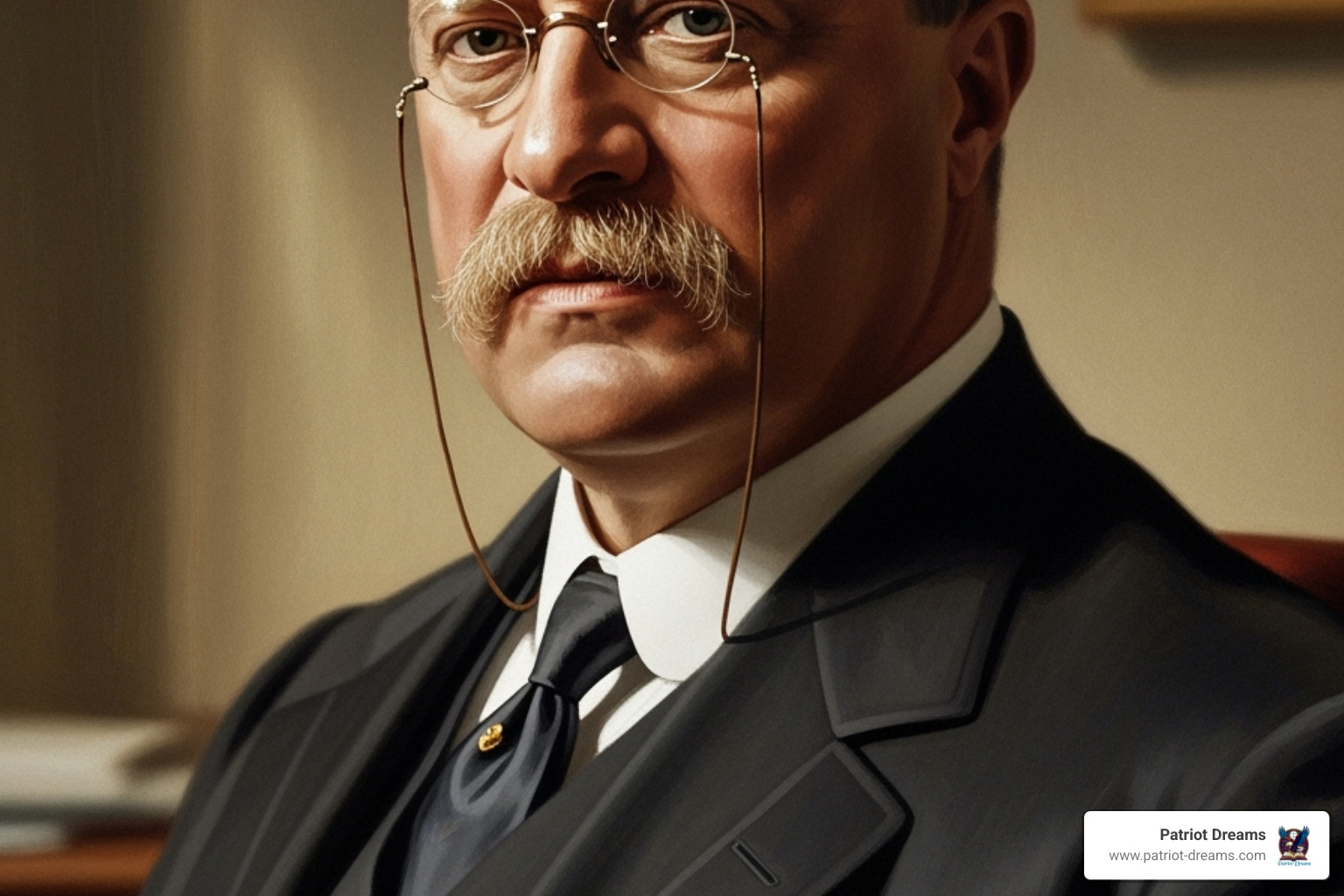General Jonathan Wainwright: The Hero of Bataan’s Defiance
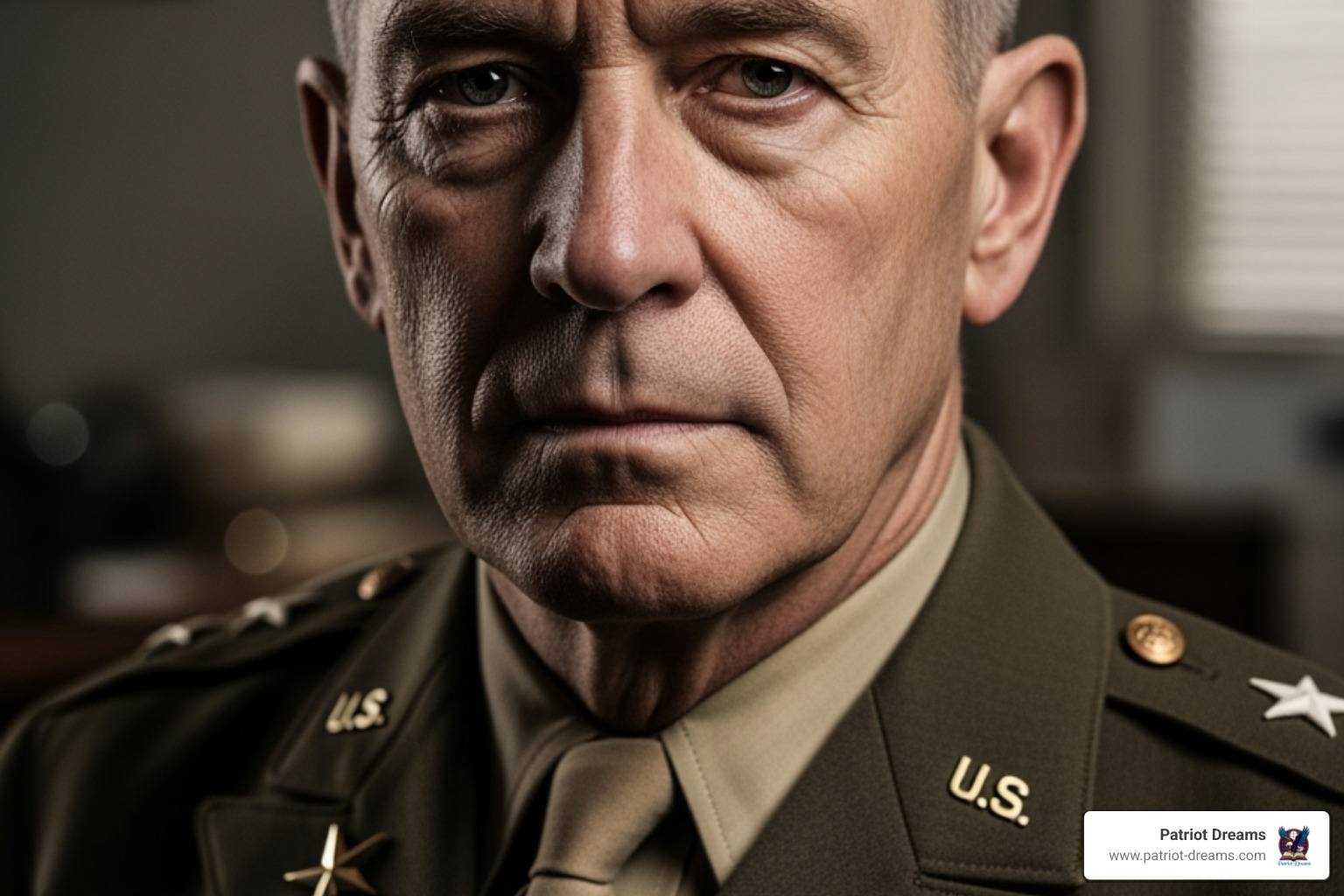

Why General Jonathan Wainwright Stands as one of America's Greatest Symbols of Wartime Defiance
General Jonathan Wainwright: The Hero of Bataan's Defiance represents one of the most compelling stories of courage under impossible circumstances in American military history. When the Philippines fell to Japanese forces in 1942, Lieutenant General Jonathan Mayhew "Skinny" Wainwright made a choice that would define his legacy forever.
Key Facts About General Wainwright's Defiance:
- Command: Took over all U.S. forces in the Philippines after MacArthur's departure in March 1942
- The Stand: Led the defense of Bataan Peninsula and Corregidor Island for over four months
- The Decision: Surrendered on May 6, 1942, to prevent massacre of 11,500 troops under his command
- The Price: Became the highest-ranking American prisoner of war, enduring three years of brutal captivity
- The Recognition: Awarded the Medal of Honor and promoted to four-star general upon liberation
- The Legacy: Transformed from perceived failure to national hero, symbolizing duty and sacrifice
Born in 1883, Wainwright graduated from West Point in 1906 and spent his career as a cavalry officer. But it was his final stand on "The Rock," as Corregidor was known, that earned him a place in history.
"I have been one of the battling bastards of Bataan and I'll play the same role on the rock as long as it is humanly possible," Wainwright wrote in his diary. "I have been with my men from the start, and if captured I will share their lot."
This wasn't just military leadership. It was a profound act of defiance against overwhelming odds. While other commanders might have fled, Wainwright chose to stay with his men, knowing it meant certain capture and possible death.
His story reveals how true heroism often emerges not in victory, but in how we face defeat with honor intact.
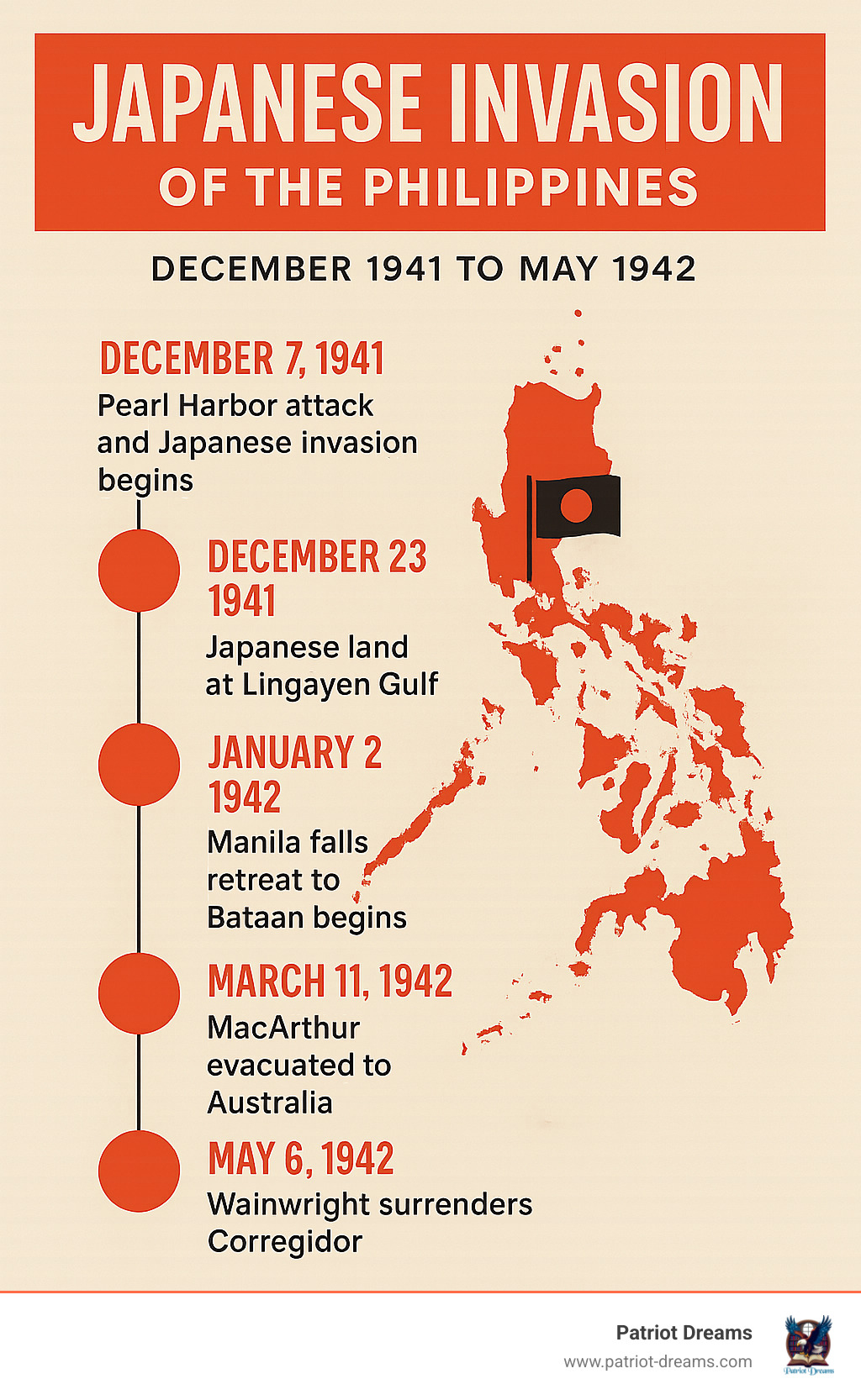
The Doomed Defense: The Philippines on the Brink of War
The strategic importance of Corregidor during the Battle of the Philippines in World War II cannot be overstated. This small, tadpole-shaped island, often called "The Rock," stood as a formidable fortress at the mouth of Manila Bay. Its heavy coastal artillery batteries were designed to control access to the bay, making it a critical choke point for any invading force aiming to capture the Philippine capital, Manila. Without control of Corregidor, the Japanese could not effectively use Manila Bay as a naval base, which was essential for their logistical support and further expansion in the Pacific.
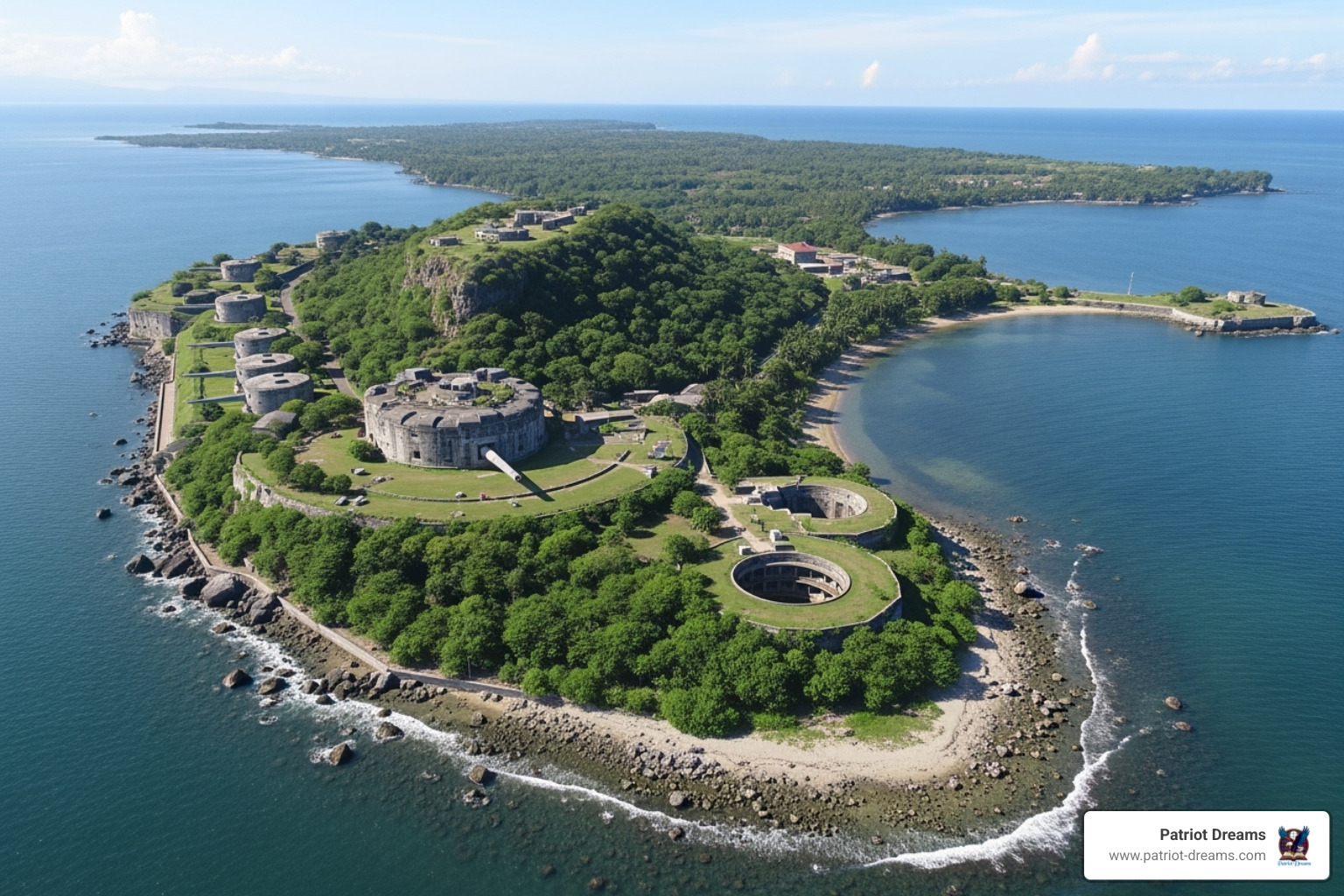
Leading up to the surrender in May 1942, the conditions faced by Allied troops on Corregidor were nothing short of horrific. After the initial Japanese invasion following the attack on Pearl Harbor on December 7, 1941, U.S. and Filipino forces, under the command of General Douglas MacArthur, were forced to withdraw to the Bataan Peninsula and Corregidor. This withdrawal adhered to War Plan Orange, an outdated pre-war strategy that anticipated the inevitable fall of the Philippines. However, MacArthur had initially pursued a more aggressive defense plan, which ultimately proved untenable against the swift Japanese advance.
General Jonathan Wainwright, a cavalry officer known affectionately as "Skinny" due to his lean build, was placed in command of the North Luzon Force. He quickly earned a reputation as a "fighting general," often seen on the front lines, inspiring his men. But as the Japanese onslaught continued, the situation grew desperate. Allied troops on Bataan and Corregidor faced severe shortages of food, medicine, and ammunition. Rations were cut repeatedly, leading to widespread malnutrition and disease, including malaria and dysentery. The defenders were constantly under bombardment, both from the air and from Japanese artillery on the mainland, turning the island into a living hell.
General Jonathan Wainwright: The Hero of Bataan's Defiance
When General Douglas MacArthur stepped onto that PT boat on March 11, 1942, uttering his famous words "I shall return," he left behind a man who would face one of the most impossible situations in American military history. Lieutenant General Jonathan Wainwright suddenly found himself commanding all U.S. Army Forces in the Far East (USFIP), essentially inheriting a doomed defense with no way out.
But Wainwright wasn't the type of leader to abandon his post. This lean cavalry officer, nicknamed "Skinny" by his men, made a personal vow that would define his legacy: "I will share the fate of my men." These weren't just empty words from a distant commander.
Wainwright led from the front lines. While other generals might have stayed safely behind desks, he was constantly moving among his troops, visiting foxholes, checking on the wounded, and showing his face where the fighting was fiercest. His men saw him everywhere—a tall, gaunt figure who somehow managed to boost morale even as their world crumbled around them.
His headquarters deep in Malinta Tunnel on Corregidor became the nerve center of the last American resistance in the Philippines. This underground maze offered some protection from the relentless Japanese bombardment, but it was far from comfortable. The tunnel system that housed over 11,500 troops and civilians was a cramped, humid underground city where disease spread quickly and hope grew thin.
The conditions were absolutely brutal. Starvation was constant; men were reduced to eating anything they could find. Malaria, dysentery, and other diseases ran rampant through the overcrowded positions. Medical supplies had run out weeks earlier. Ammunition was so scarce that soldiers were rationing bullets.
Above ground, Japanese shells rained down day and night. The constant bombardment turned the once-beautiful island fortress into a moonscape of craters and twisted metal. Yet through it all, Wainwright remained with his men, sharing their suffering and somehow keeping the defense together.

The Fall of Bataan and the Last Stand on "The Rock"
The writing was on the wall when Bataan fell on April 9, 1942. Major General Edward P. King faced an impossible choice with his 70,000 starving, exhausted Filipino and American troops. With no ammunition left and his men literally dying of starvation, King made the heartbreaking decision to surrender. It was the largest surrender of U.S. forces in history, but King knew that continuing the fight meant watching his entire force get slaughtered.
Now Corregidor—"The Rock"—stood alone.
For one more month, Wainwright and his remaining forces endured what can only be described as hell on earth. The Japanese turned their full attention to this last pocket of resistance, releaseing an intense assault that made the previous bombardments look gentle by comparison.
Every day brought the same grim reality: no relief was coming. The Japanese naval blockade was complete. Supply convoys couldn't get through. The promised reinforcements were nowhere to be seen. Wainwright's communications with Washington became increasingly desperate and sporadic, with little hope offered in return.
The general faced an agonizing decision that no military leader should ever have to make. He could continue the hopeless fight and watch thousands more die in a meaningless gesture, or he could surrender to minimize the casualties. President Roosevelt and General Marshall had given him full command authority, trusting him to make the most humane decision possible, even if that meant the unthinkable.
The Circumstances of Surrender and the Start of a Long Ordeal
On May 6, 1942, after a final, devastating Japanese assault, Wainwright knew the end had come. With heavy heart, he sent a message to Japanese General Masaharu Homma, offering to surrender Corregidor.
But Homma had other plans. The Japanese commander refused to accept anything less than unconditional surrender of all Philippine forces, not just those on Corregidor. He threatened to continue the massacre unless Wainwright ordered every American and Filipino unit still fighting on other islands to lay down their arms. It was a crushing demand that forced Wainwright to end organized Allied resistance across the entire Philippines.
The immediate consequences were devastating. The surrender triggered the infamous Bataan Death March—a forced march of 60,000-80,000 American and Filipino prisoners over 65 brutal miles. While Wainwright didn't participate in the main march, he and his 11,500 survivors from Corregidor faced similar atrocities.
General Jonathan Wainwright now became the highest-ranking American prisoner of war in World War II. For the next three years, he endured a nightmare that would have broken lesser men. Japanese prison camps in northern Luzon, Formosa, and finally Manchuria became his world.
The physical toll was staggering. Wainwright, already lean at 160 pounds, dropped to a skeletal 125 pounds by December 1942. Malnutrition, disease, and constant mistreatment by his captors nearly killed him multiple times. Yet somehow, this remarkable man maintained his dignity and continued to lead his fellow prisoners, offering hope when there seemed to be none.
Through three years of hell, Wainwright proved that true leadership isn't about winning battles—it's about never giving up on the people who depend on you.
The Liberation: Retaking Corregidor and Vindicating a Hero
The story of General Jonathan Wainwright doesn't end with surrender and captivity. Three years later, American forces would return to "The Rock" in one of the war's most daring operations, and Wainwright himself would witness the moment that vindicated his sacrifice.
Operation TOPSIDE launched in February 1945 with a bold objective: retake Corregidor Island. The mission fell to the elite 503rd Regimental Combat Team, an airborne unit that would soon earn legendary status for their courage.
On February 16, 1945, the skies above Corregidor filled with 82 C-47 aircraft carrying 2,050 paratroopers. What made this assault so dangerous was the terrain itself. Corregidor's small, rocky landing zones forced pilots to drop their cargo from just 650 feet, later reduced to 500 feet or less due to fierce winds. Imagine jumping from an airplane with barely enough time for your parachute to open fully.
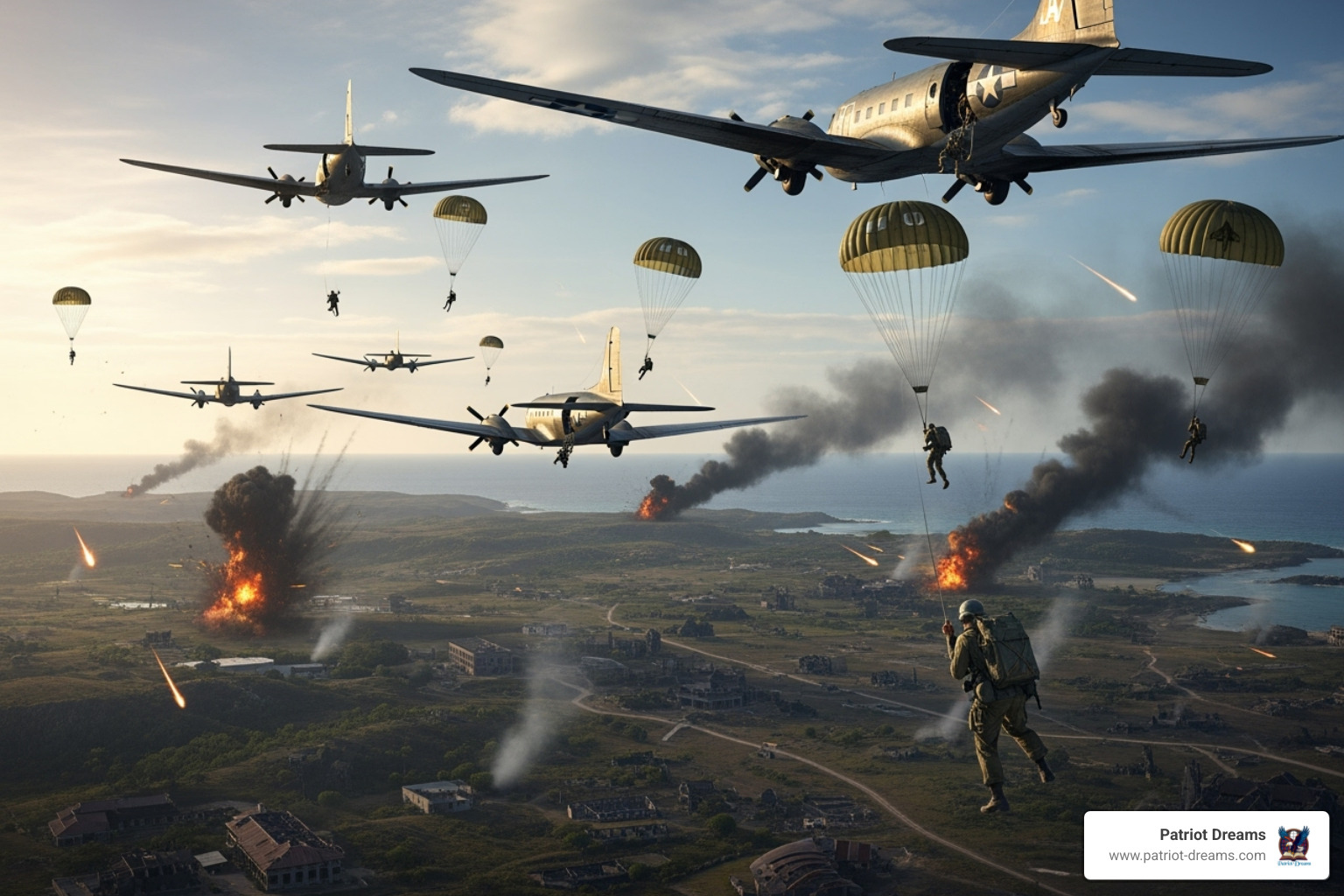
While paratroopers dropped from the sky, amphibious landing forces stormed the beaches simultaneously. The Japanese weren't going to give up "The Rock" easily; what intelligence estimated as 850 defenders turned out to be over 5,000 battle-hardened troops dug deep into the island's caves and tunnels.
The fierce fighting that followed tested every ounce of American resolve. The Japanese had turned the famous Malinta Tunnel, where Wainwright had made his headquarters three years earlier, into a fortress. In one dramatic moment that showed the desperate nature of the battle, Japanese soldiers detonated a massive ammunition dump inside the tunnel. The explosion killed most of the Japanese defenders but also claimed 52 American lives.
The 503rd RCT fought with incredible bravery through eleven days of brutal combat. Their tenacity on "The Rock" earned them the nickname "The Rock Regiment" and a Presidential Unit Citation, which are honors that recognized their extraordinary courage under fire.
The final tally tells the story of this fierce battle. By February 27, 1945, approximately 4,500 Japanese soldiers lay dead, with only 19 captured. American casualties were also heavy, with over 1,000 casualties including 210 deaths by March 2, 1945. But the strategic victory was complete. Manila Bay was open again, providing crucial port facilities for the final push to liberate the Philippines.
For Wainwright, liberation came in August 1945 when Soviet forces freed him from a prison camp in Manchuria. Weighing barely more than a skeleton, he had survived three years of brutal captivity through sheer will and the leadership principles that had sustained him on Corregidor.
The most powerful moment of vindication came on September 2, 1945. There, on the deck of the USS Missouri in Tokyo Bay, a frail but dignified Wainwright stood behind General MacArthur as Japan formally surrendered. The man who had been forced to surrender "The Rock" was present to witness the enemy's final defeat—a fitting end to his story of defiance and ultimate triumph.
The Legacy of "Skinny" Wainwright: From Perceived Failure to National Icon
When news of Corregidor's surrender first reached America in May 1942, the nation struggled to understand what had happened. Here was the largest American surrender in history—how could this be anything but failure? General Jonathan Wainwright faced a complex public perception that would take years to fully resolve.
The initial reaction was mixed. While many Americans understood that Wainwright had faced an impossible situation, the sting of defeat was undeniable. Some questioned whether more could have been done. Others wondered if the surrender had been premature. The full story of the brutal conditions, the starvation, and the hopeless odds wouldn't emerge until much later.
Everything changed when Wainwright was liberated in August 1945. The gaunt figure who emerged from three years of brutal captivity told a different story entirely. Here was a man who had endured unimaginable suffering rather than abandon his men. The American public quickly realized they weren't looking at a failure—they were looking at a hero.
His homecoming was nothing short of spectacular. New York City threw him a massive ticker-tape parade, with crowds cheering the skeletal general who had somehow survived the worst the enemy could inflict. The change from perceived failure to national icon was complete and overwhelming.
But not everyone was ready to accept this narrative. General MacArthur, perhaps still stung by the loss of the Philippines or concerned about his own legacy, initially opposed awarding Wainwright the Medal of Honor. This created an awkward tension between two men who had served together in those dark early days of the war.
President Truman had different ideas. He intervened personally to ensure that Wainwright received the nation's highest military honor. The Medal of Honor citation speaks powerfully of his "intrepid and determined leadership" and notes how his presence on the firing line provided an example that inspired his men even in their darkest hours.
Wainwright's post-war career reflected the nation's newfound respect for his service. On September 5, 1945 - just three days after standing behind MacArthur on the USS Missouri—he was promoted to four-star General. He went on to command the Eastern Defense Command and later took charge of the Fourth Army at Fort Sam Houston, Texas, before retiring in August 1947.
The enduring legacy of this remarkable man extends far beyond his wartime service. Fort Wainwright in Alaska bears his name, as does a VA Medical Center. But perhaps more importantly, his story became a symbol of something uniquely American—the idea that true leadership isn't measured by victory alone, but by how we face impossible odds with honor intact.
Wainwright proved that sometimes the greatest act of defiance isn't continuing to fight, but knowing when to stop fighting to save lives. His legacy reminds us that resilience and duty can triumph even in defeat, and that the measure of a leader is found not just in good times, but in the worst of times.
Frequently Asked Questions about General Jonathan Wainwright
People often ask tough questions about General Jonathan Wainwright: The Hero of Bataan's Defiance and the impossible choices he faced. These questions get to the heart of what makes his story so compelling and so human.
Why did General Wainwright surrender Corregidor?
The decision that haunted Wainwright for years wasn't really a choice at all. By May 6, 1942, his situation had become utterly hopeless. Overwhelming Japanese forces surrounded his position while his men faced complete starvation. They had run out of food, water, and ammunition—the basic necessities of survival, let alone warfare.
But here's what made Wainwright a true leader: he wasn't thinking about military strategy or his own reputation. He was thinking about the 11,500 soldiers and civilians huddled in the tunnels under his protection. These weren't just numbers on a report—they were real people, many barely more than boys, who had already endured months of hell.
Continuing the fight would have meant watching them all die for nothing. The hopeless military situation left no room for heroic last stands. Sometimes the most courageous thing a commander can do is admit defeat to save lives.
What was the Bataan Death March?
The Bataan Death March stands as one of World War II's most horrific atrocities. After the surrender of Bataan Peninsula in April 1942, the Japanese forced approximately 60,000–80,000 American and Filipino prisoners of war to march roughly 65 miles to prison camps.
What should have been a difficult but manageable journey became a nightmare of extreme brutality. Prisoners who had already been starving for months were given little food or water. Japanese guards beat, bayoneted, or shot anyone who fell behind or asked for help.
The high death toll from abuse, starvation, and murder shocked the world when details emerged after the war. Thousands of men died along the route from exhaustion, disease, or outright execution. Those who survived carried the trauma for the rest of their lives.
This march happened to the troops who had surrendered from Bataan before Wainwright's final stand on Corregidor. But Wainwright and his men faced similar brutalities in their own captivity.
How did General Jonathan Wainwright become a symbol of resilience?
Wainwright's change from defeated general to national icon happened because of choosing to stay with his men when he could have fled. While other high-ranking officers evacuated to safety, Wainwright made a simple but powerful promise: he would share whatever fate awaited his troops.
That choice led to three years of brutal captivity as the highest-ranking American prisoner of war. He was starved, beaten, and humiliated. His weight dropped to a skeletal 125 pounds. Yet fellow prisoners later testified that he never stopped being their leader, never stopped maintaining his dignity and leadership even in the darkest moments.
When he finally returned home a hero despite the surrender, Americans saw something profound. Here was a man who had faced the ultimate test—not just in battle, but in how he handled defeat and suffering. His story proved that true strength isn't about never falling down. It's about how you get back up.
Wainwright showed that sometimes the greatest victory comes through enduring what seems unendurable. His resilience in the face of impossible odds continues to inspire people today, reminding us that honor and courage can shine brightest in our darkest hours.
Conclusion: The Enduring Story of a Patriot's Defiance
The remarkable journey of General Jonathan Wainwright spans from the desperate battlefields of the Philippines to the brutal prison camps of Manchuria, and ultimately to his vindication as one of America's greatest wartime heroes. His story reveals what true leadership looks like when everything falls apart.
When Wainwright made that fateful decision to surrender Corregidor on May 6, 1942, he knew he was trading his freedom—and possibly his life—for the lives of his men. That wasn't military strategy. That was pure courage.
For three years, this once-proud cavalry officer endured starvation, disease, and constant humiliation as the highest-ranking American prisoner of war. He watched his weight drop to a skeletal 125 pounds. He faced daily reminders that the world might see him as the general who lost the Philippines. Yet he never broke.
What makes Wainwright's story so powerful isn't just that he survived - it's that he emerged from that hell with his honor intact. When he stood behind MacArthur on the USS Missouri, watching Japan surrender, he represented something profound about the American spirit. Sometimes the greatest victories come from refusing to give up when everything seems lost.
His change from perceived failure to national icon teaches us that heroism often looks different than we expect. Real courage isn't always charging into battle with guns blazing. Sometimes it's making the impossible choice to save lives, even when it costs you everything.
At Patriot Dreams, we understand that stories like Wainwright's deserve to be remembered and retold. These aren't just historical facts—they're deeply human stories of sacrifice, resilience, and the unbreakable bonds between those who serve. Through our audio storytelling platform, we bring these powerful narratives to life, helping new generations connect with the heroes who shaped our nation.
Wainwright's legacy reminds us that honor isn't about never falling down. It's about how you get back up. His story continues to inspire because it shows us that even in our darkest moments, we can choose dignity over despair.
Join the Patriot Dreams Community
Download the app today and start your journey through American history and personal legacy.

Explore Our Latest Insights
Dive into stories that shape our American legacy.


